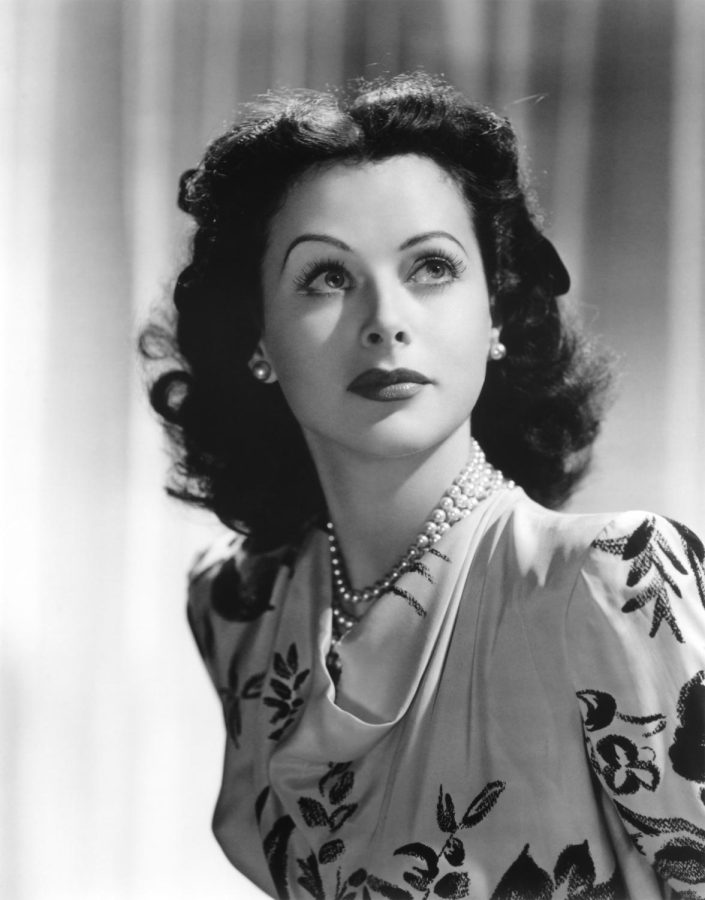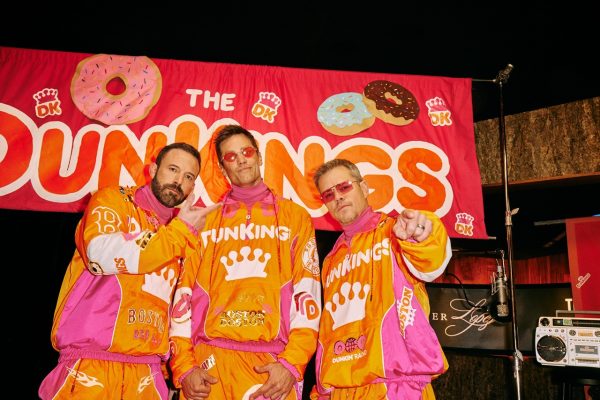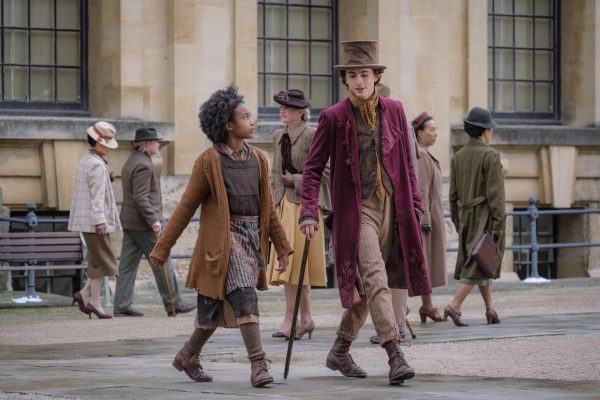That wifi signal? You can thank Hedy Lamarr for that.
The “world’s most beautiful woman” was more than just a pretty face; she was a genius, she was revolutionary.
Photo courtesy of hedylamarr.com
Hedy Lamarr began acting at age 17 in Germany
May 3, 2023
Hedy Lamarr, also known as “the most beautiful woman in the world” or “the mother of wi-fi” was a phenomenal actress and inventor. Lamarr created the frequency hopping technology which has made wifi and other wireless connections possible.
Hedy Lamarr, formerly known as Hedwig Eva Maria Kiesler, is an Austrian-American actress and inventor. Lamarr was born in Vienna, Austria on November 9, 1914 to Emil Kiesler, a bank director, and Gertrud Kiesler, a pianist. Given her parents’ occupations, Lamarr was heavily involved in the arts, and her father fueled her curiosity to learn about how machinery worked and encouraged her to look at the world with an open mind. He would take her to printing presses to discuss the life behind machinery. At the age of five, Lamarr took apart her music box and put it back together just to understand how it worked.
Lamarr’s knowledge was quickly put aside when she was noticed by director Max Reinhartd at the age of 16. She studied acting with Reinhartd in Berlin and soon enough, booked a minor role in a German film. Two years later she starred in the famous yet controversial film, “Ecstasy,” from which she gained name recognition.
In 1933, Lamarr married Fritz Mandl, one of Hedy’s fans who was associated with the Nazis and became a very controlling husband. According to womenshistory.org, Malarr herself even said, “I knew very soon that I could never be an actress while I was his wife … He was the absolute monarch in his marriage … I was like a doll. I was like a thing, some object of art which had to be guarded—and imprisoned—having no mind, no life of its own.”
She was unhappy in her marriage leading her to escape from Fritz and ran off to London in 1937. Despite their scandalous marriage, one thing Lamarr learned about from Fritz was war weaponry, knowledge that she would use later.
During her time in London, Lamarr met Louis B Mayer, an American film producer. This meeting brought her into the Hollywood world, where she charmed Americans with her beauty and accent. Hollywood also helped her cross paths with Howard Hughes, the businessman and pilot, and the two formed a mutally-beneficial relationship: Hughes fueled Lamarr’s scientific curiosities and the inventor traits within her, while he helped bring back the side of herself that was lost in the midst of her acting career.
Hughes provided her with a small set of equipment that she could use in her trailer in between takes. Hughes had wanted to create a fast plane and sell it to the US military. To help him out, Lamarr researched fast fishes and birds, combining their fins and wings to sketch a fast wing design for Hughes’ plane.
Fast forward to 1940, when Lamarr met George Antheil at a dinner party. Antheil was an established man in the arts field and possessed many talents. He and Lamarr shared one very important trait in common: their inventive spirit. The pair bonded over their opinions on the ongoing war and their desire to help the US military.
This is when Lamarr’s knowledge about war weapons came to use. Lamarr and Antheil would go on to develop a frequency-hopping technology, a new communication system that allows transmitter and receiver to frequency hop radio waves. This would eliminate any distribution, instead create a more secure form of communication. Lamarr and Antheil intended to sell this to help the US army and even got a patent awarded. Unfortunately the army rejected their invention.
However, her extraordinary invention did receive recognition in her later years. In 1997, the Electronic Frontier Foundation awarded both Lamarr and Antheil for their innovation with the Pioneer award. According to womenshistory.org, Lamarr soon became the first woman to receive the Invention Convention’s Bulbie Gnass Spirit of Achievement Award.
Even after her death on January 19, 2000, she was in the national inventors hall of fame in 2014. The basis of her extraordinary “frequency-hopping technology,” has allowed wifi and other wireless technology to exist.
“Hedy Lamarr was a profound Hollywood actress who was not only known for the incredible movies she is in but the invention of wifi,” said RV freshman Ava Petras, who is a members of the Women in STEM club here at RV. “The impact she made on technology is greatly used now; wifi is one of the most important parts of our everyday life.”
Lamarr’s invention of frequency-hopping technology has left important marks on the world as a whole. Wifi is needed on a day to day basis, it allows people from all over the world to easily connect to the Internet. Bluetooth as well has allowed our technology to advance significantly. Lamarr will be remembered as not just a wonderful actress but a genius as well.












